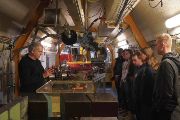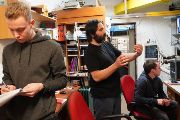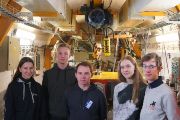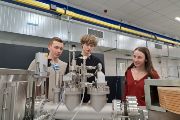
We Joined the First Annual Radioactive Day
21. 02. 2025
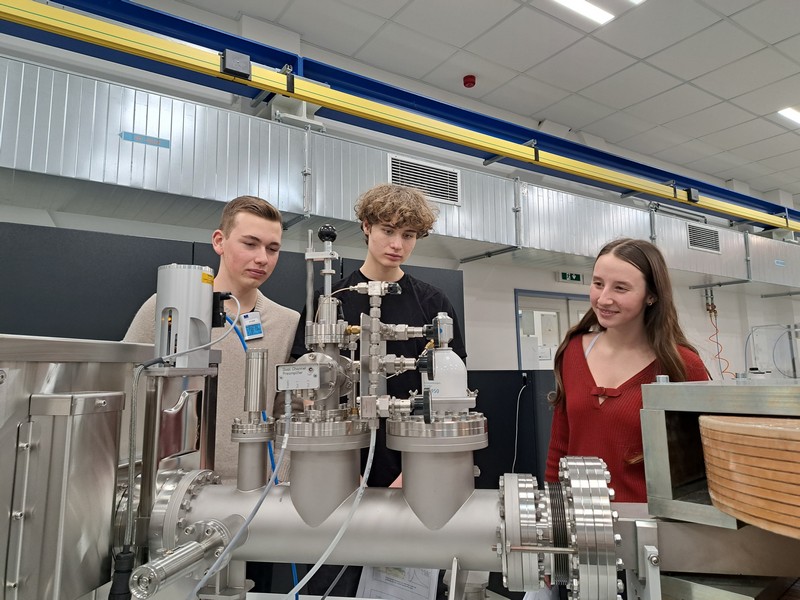
On February 6, the first annual Radioactive Day event took place, offering high school students the opportunity to meet experts in the field of nuclear and radiation physics. As part of the program, participants had the chance to visit two facilities of the Nuclear Physics Institute of the Czech Academy of Sciences (NPI CAS): the Microtron Laboratory, located beneath Vítkov Hill in Prague, and the AMS Milea accelerator, situated at the institute's premises in Řež.
The event, organized by the Faculty of Nuclear Sciences and Physical Engineering of the Czech Technical University in Prague (FNSPE CTU), featured lectures, practical exercises, and panel discussions introducing participants to topics related to ionizing radiation, its applications, and radiation protection.
The Milea accelerator, used for AMS (Accelerator Mass Spectrometry), is a device capable of utilizing the most sensitive known method for detecting ultra-trace concentrations or extremely small amounts of long-lived radionuclides. During their excursion, students learned about radiocarbon dating - a multidisciplinary application of ionizing radiation relevant to fields such as chemistry, physics, and humanities, including archaeology, paleoecology, and the protection of endangered species. In a hands-on exercise, prospective university students became acquainted with the sample processing methods used for dating (estimating the approximate age of objects) and the principles and applications of analytical techniques, including the use of an accelerator mass spectrometer.
Another NPI facility open to students during Radioactive Day is located near the entrance to the Žižkov Tunnel, where the Microtron Accelerator Laboratory is housed in a former civil defense shelter. This cyclic accelerator of relativistic electrons enables the conversion of electron energy into a secondary photon or neutron beam. As part of a practical task, visitors had the opportunity to try an experiment similar to those performed in hospitals using medical accelerators in radiotherapy. Using an ionization chamber, they measured the dose rate of a photon beam in a water phantom. The main goal was to measure the dependence of radiation dose on the depth of immersion of the examined object.
Due to capacity limitations, the number of visitors was highly restricted. This made us all the more pleased that the event attracted students who have a long-term interest in nuclear physics and plan to pursue a professional career in this field.
This text was prepared using materials from FNSPE CTU in Prague.
Read also
- Martin Kákona Awarded Prestigious Fulbright–Masaryk Scholarship for Research with NASA and LBNL
- The Nuclear Physics Institute of the CAS celebrated its 70th anniversary
- The NPI stand at VědaFest broadcast live on Czech Television
- Second “Day with Theoretical Nuclear Physics” attracted students from across the country
- Martin Schäfer receives Otto Wichterle Award
- NPI organized the ReMade@ARI workshop, focusing on cutting-edge materials characterization and international collaboration
- NPI Co-Organized the 5th Meeting of the EIC International Financial Committee at BNL
- Radiocarbon Dating Reveals Gaps in Elephant Protection
- We are participating in two new projects focused on cosmic rays
- Roman Garba presented his research in Austria and the United Kingdom

